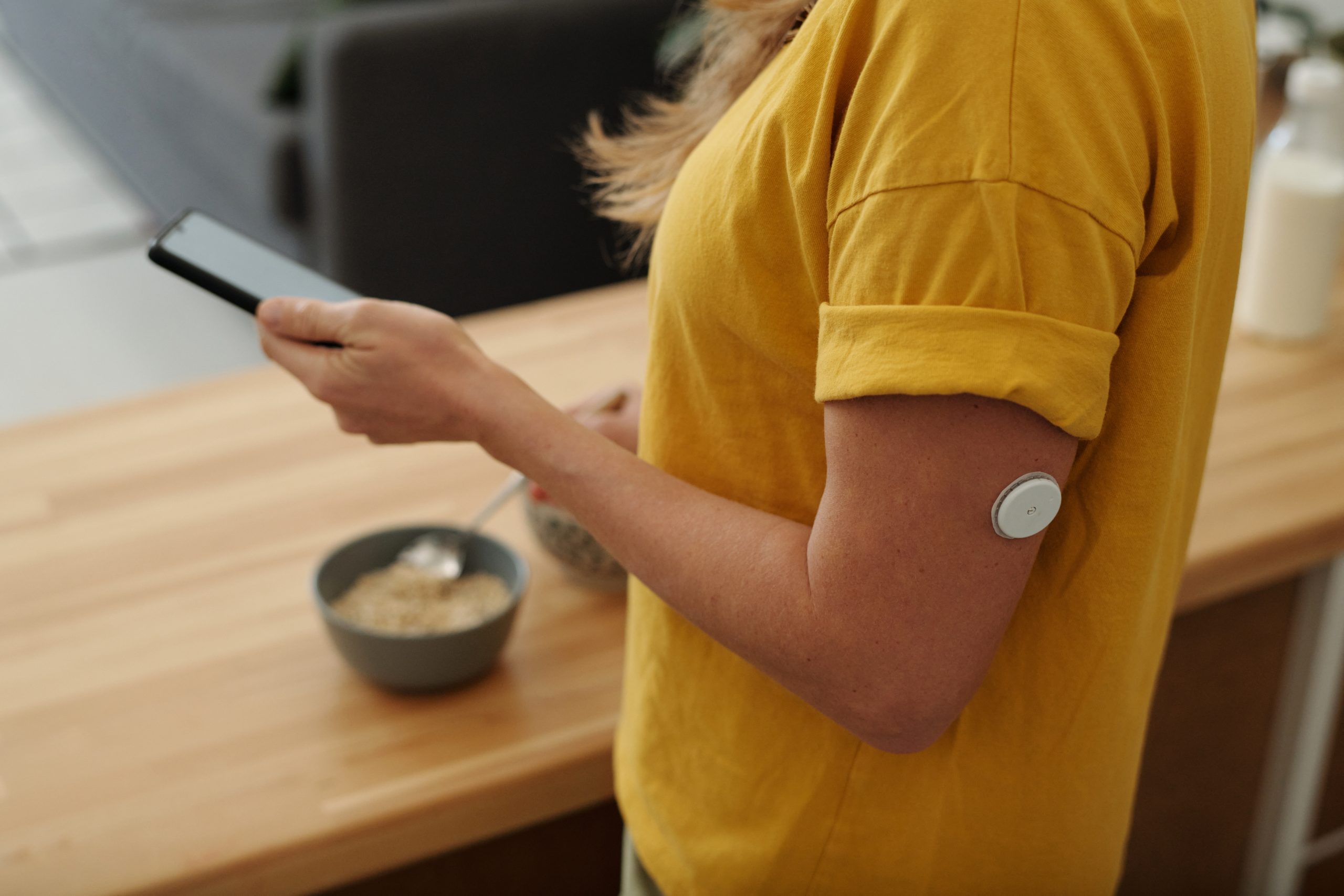Glucose, Meal Tracking with Levels, and 3 Food Rules—Simple & Short
San Francisco Marathon Ambassador Scott Benbow continues on his journey of exploring the advantages of continuous glucose monitors for runners. Today, he’ll talk you through his experience with meal tracking and food rules he found along the way.
Written by SFM Ambassador Scott Benbow
Edited by Pavlína Marek
Earlier this year, I wrote about my initial experience of wearing a continuous glucose monitor (CGM) and focusing attention on my daily food consumption patterns. The data I collected from wearing a CGM and recording my meals has guided me in food consumption and in-run fueling decisions.
Meal Tracking
Simple meal-tracking helps my training and day-to-day energy.
I track meals in the Levels app because it is fast and low friction. You can snap a photo to auto-log a meal or scan a barcode on packaged food, then review and correct the AI’s entry before saving. It takes seconds during or just after a meal.
If you’re able to get a GCM to evaluate your body’s response to different types of food, that data is helpful but not essential.
Food Rules
I’m not a medical doctor, and your experience may differ from mine. But for me, the following strategies, emphasized by familiar voices on YouTube, help me alleviate sharp glucose spikes and drops.
1) Eat vegetables first, followed by protein and fats, and finally carbs
In order to avoid glucose spikes, eat vegetables followed by protein and fats. At the end of the meal, consume starches. For short explainers on meal order and “protein before carbs,” see Jessie Inchauspé’s videos on food order and glucose spikes.
2) Walk after each meal
A short walk helps muscles use glucose more effectively. Start with 10 minutes if that fits your schedule, then build from there. Glucose Revolution examines the impact of walking after eating a meal.
3) If you cannot walk, flex and relax your calves
When you are stuck in a chair, rhythmic calf contractions are a practical stand-in. Do “soleus push-ups,” which is Dr. Marc Hamilton’s name for seated calf work and glucose control.
Perfection is not required. The combination of quick logging in Levels plus these three rules has kept my energy steadier, supported training, and reduced food guesswork. Try it and note what you learn.
About Scott Benbow

Scott Benbow is a San Francisco Marathon Ambassador, attorney, nonprofit specialist, and passionate SFM runner. He lives in San Francisco and runs the hills of our incredibly beautiful city with us every year.
More of his professional and recreational writing appears on his website: FoundationTrail.com.
Scott’s previous contributions:
Should Runners Use a Continuous Glucose Monitor?


